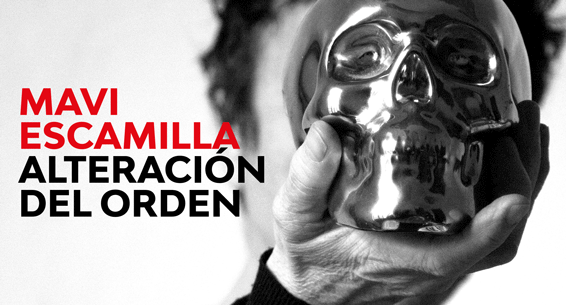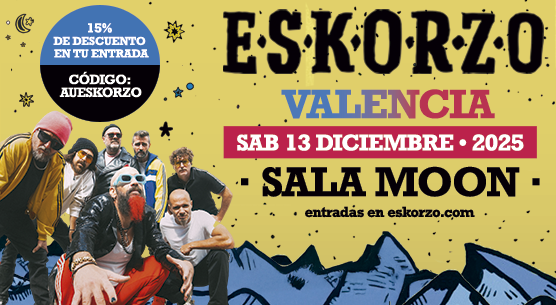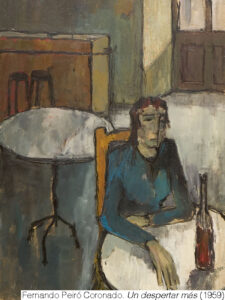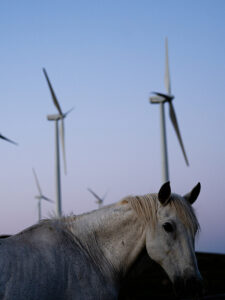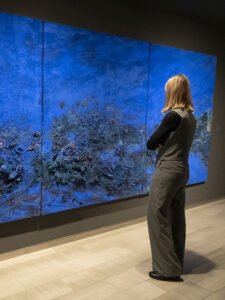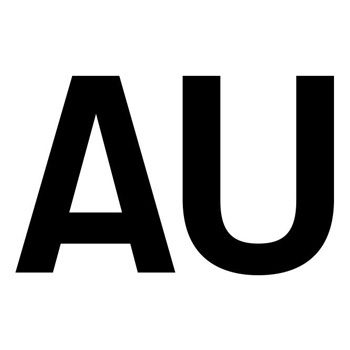VAT. Guillem de Castro, 118
In the new IVAM exhibition two of its museological lines converge, the Mediterranean and women, as active subject, as an artist, not as an object of beauty that poses for the male gaze. It has deliberately avoided idealization with the aim of showing a few lights – like that Mediterranean street experience – and many shadows.: they talk about walls, of executions, of urban aberrations, of dictators and, above any other region, from Palestine. Definitely, of the city (architecture and urbanism) and the ways of life that it covers. Inhabit the Mediterranean It is a walk through the city and through time that begins with the Roman mosaic with port scenes of a town in Toledo. As a friendly representation that completes the censer in the shape of a Roman military camp, the Roman grille – very few have been preserved – from the Mérida museum, drawings of balconies Juan Muñoz, the allegorical representation of the center of Cairo that looks like a lattice of Susan Hefuna or the great installation of the Lebanese Rayne Tabet made with small pieces that look like concrete Lego, placed one on top of the other, forming a large city with its different layers of sediments.
The darker side of Mediterranean cultures is captured in the works of Hrair Sarkissian, large format photographs of peaceful squares in Damascus or Aleppo that take on another dimension when you read the title of the work: Execution squares. Going back a few centuries, Hellenistic terracottas of deformed beings are exhibited, prisoners, slaves and old women from the Louvre Museum. From Albania we have a facility Anila Rubiku that represent the thousands of bunkers that the dictator Enver Hoxha ordered to be built in the years 90 against a hypothetical invasion of Italy and that served to keep the population in fear. In the documentary Cynopolis of Camille Henrot, filmed in some archaeological excavations in Saqqara, waste objects coexist with stray dogs, tourists and historical relics, the naive drawings of Mohamed Al Hawayri, artist born in a Gaza refugee camp, They ridicule the relations of domination of armed Israeli soldiers with the Palestinian civilian population, and the precious hourglasses of Then Abdel Hamid contain sand made from crushing concrete from the wall that separates Israel from Palestine. As there are larger pieces that do not pass through the narrow mouth of the watch, the mechanism gets stuck and time stops. Anna Marin has devised an illuminated pool of needles with a relatively narrow curb that provokes a certain sensation of danger, in reference to the dangerous waters of the Strait of Gibraltar, y Yazan Khalili paints the black and white photo of a camp on the outskirts of Ramallah in colors to breathe a little joy and hope into it. S.M.



